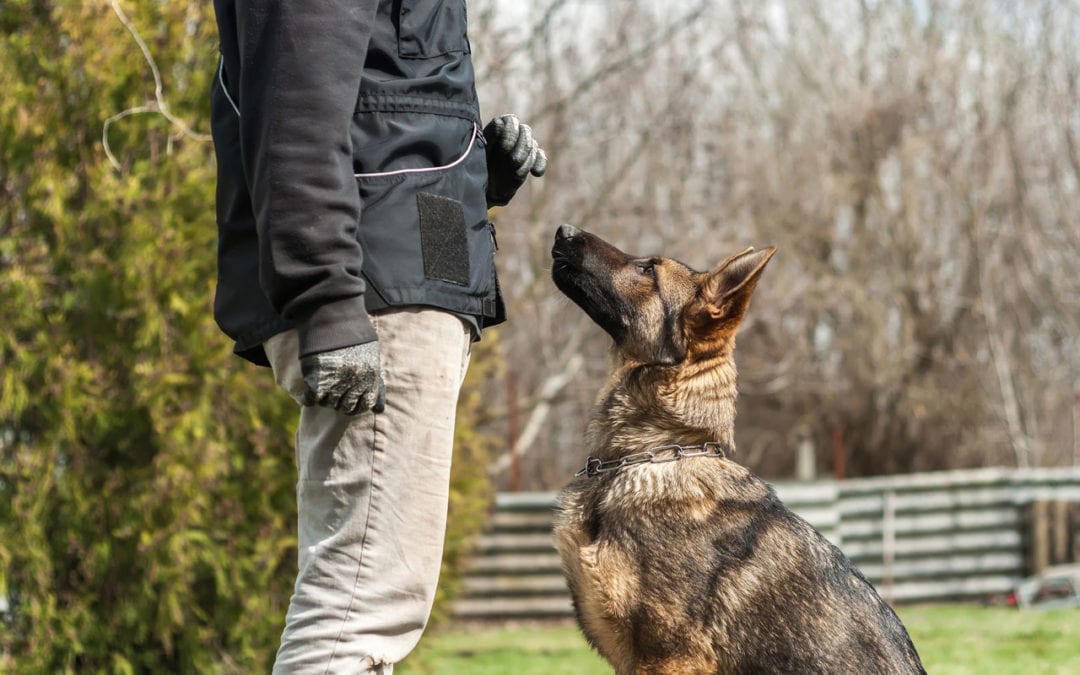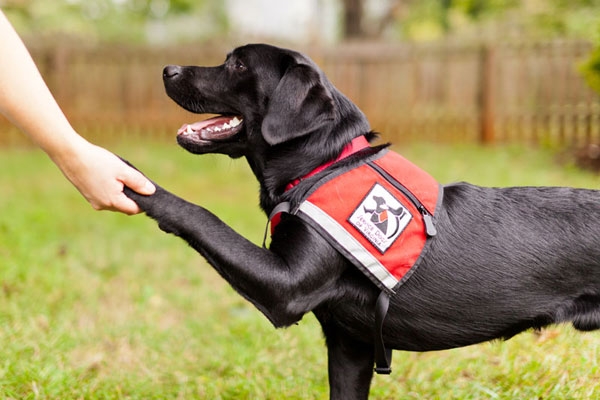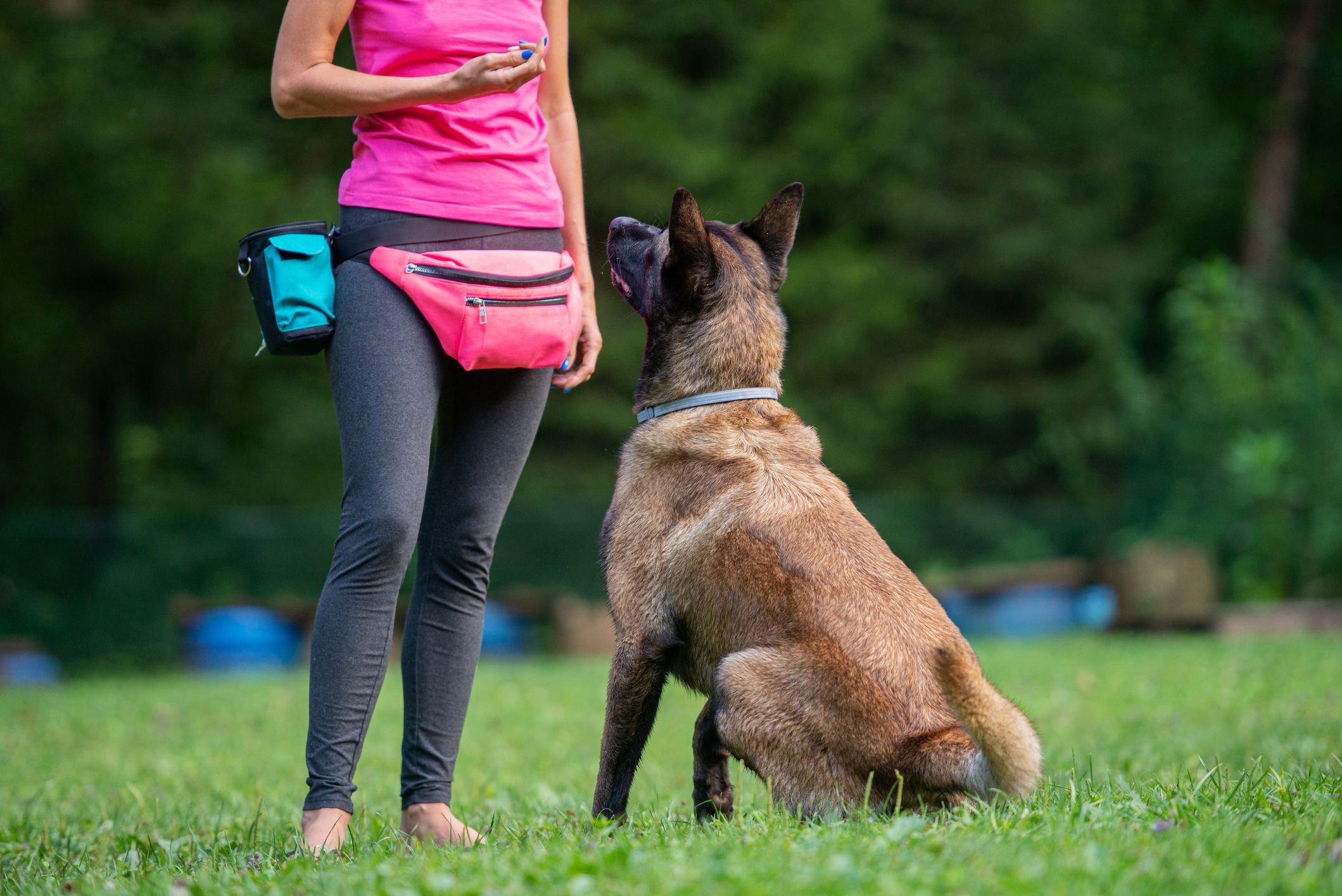Professional Dog Training Rochester NY for All Types of Behavioral Needs
Professional Dog Training Rochester NY for All Types of Behavioral Needs
Blog Article
Novice's Guide to Effective Pet Dog Training in your home
Successfully educating a dog in your home needs a nuanced understanding of canine behavior and effective interaction approaches. Developing clear training objectives, using high-quality benefits, and maintaining uniformity throughout relative are crucial aspects. Additionally, integrating training right into daily regimens can boost both interaction and retention. Several newbie trainers come across obstacles that may prevent progression. To browse these intricacies effectively, it's important to discover a number of essential facets that can transform your technique and bring about a harmonious connection with your animal. What basic principles should every novice grasp to ensure success?
Understanding Pet Dog Behavior
Recognizing dog behavior is important for efficient training and promoting an unified partnership between humans and their canine buddies - Puppy Training. Dogs communicate largely through body movement, vocalizations, and facial expressions, making it important for proprietors to interpret these signals properly. Identifying behaviors such as tail wagging, grumbling, or cring can offer insights into a dog's emotion and objectives
Moreover, recognizing the natural reactions of canines, such as their pack way of thinking, assists owners develop leadership roles within the home. This is crucial for producing an organized setting where pet dogs feel protected and are more responsive to training. Pet dogs are additionally affected by their socializing experiences; very early direct exposure to different atmospheres, individuals, and other pets can substantially form their behavior later on in life.
Common behavioral concerns, such as hostility, stress and anxiety, or too much barking, typically come from misunderstandings or unmet requirements. Observing and resolving these concerns promptly can stop acceleration and ensure a favorable training experience. By cultivating a deep understanding of canine habits, owners can tailor their training techniques to match their canine friends, eventually resulting in a satisfied and mannerly pet dog.

Crucial Educating Tools
A well-equipped training area can significantly improve the efficiency of pet dog training in the house. Essential training tools ensure that both the trainer and the dog can participate in effective sessions that promote knowing and bonding.

Spending in a durable leash and a comfortable, well-fitting collar or harness is important for safety and control. These devices help establish borders and make sure the pet dog stays protected throughout training. In addition, a marked training location, devoid of distractions, aids concentration for both the trainer and the pet dog.
Educating aids such as training pads, cones, or dexterity tools can additionally enhance the experience by introducing variety and challenges. Finally, having a note pad or electronic application for tracking progression can be vital, enabling you to keep in mind successes and areas for renovation. Making use of these important devices will certainly produce a favorable training setting and lay the structure for effective learning.
Producing an Educating Regimen
Establishing a consistent training routine is vital for reliable dog training in the house. A well-structured regular not only assists in strengthening preferred behaviors but likewise gives your canine with a complacency and predictability. To produce an efficient training regular, start by recognizing specific training goals, such as basic commands, leash strolling, or housebreaking.
Choose an assigned time daily for training sessions, ideally when your pet dog is sharp and receptive. Sessions ought to be short, approximately 5 to 15 mins, to keep focus and prevent fatigue. Uniformity in timing and environment will certainly boost your pet dog's discovering experience.
Incorporate training right into everyday activities to strengthen skills. For instance, technique commands throughout strolls or mealtime, which incorporates discovering into all-natural routines. Furthermore, remain flexible and readjust the regular as essential, suiting your pet's power degrees and mood.
Favorable Reinforcement Methods

When applying positive support, it is necessary to pick incentives that are encouraging for your pet dog. High-value deals with, such as little pieces of chicken or cheese, can be particularly efficient throughout training sessions. Additionally, differing the incentives can keep your canine's rate of interest and excitement.
Start with basic commands, like "rest" or "remain," and slowly development to extra complicated jobs. Consistency is vital; make certain that all household members use the very same commands and reward systems to avoid confusion.
Moreover, it is crucial to continue to be individual discover here and prevent irritation. Dogs, like human beings, discover at their own pace. By fostering a helpful training setting with positive reinforcement, you can boost your canine's understanding experience while strengthening the bond in between you and your fuzzy buddy, laying the groundwork for effective training outcomes.
Typical Training Obstacles
While training a canine at home can be a fulfilling experience, it typically includes a collection of typical difficulties that can examine both patience and consistency. One common issue is distraction. Canines may come to be quickly averted by sounds, activities, and even aromas in their atmosphere, making it tough to maintain their emphasis during training sessions.
An additional challenge is inconsistency in commands and support. If household members utilize different hints or rewards, it can perplex the pet and impede development. Developing a unified technique is necessary for efficient communication.
Additionally, pets can experience aggravation or anxiety, particularly if they do not comprehend what is anticipated of them. This can bring about unwanted habits, such as barking or eating.
Ultimately, read the timing of support is important. Postponed benefits can diminish the efficiency of favorable support, as dogs may fall short to attach the behavior with the reward.
Getting rid of these obstacles requires commitment, clear interaction, and an organized training strategy - Puppy Training. Acknowledging and dealing with these typical obstacles will lead the way for a much more effective and enjoyable training experience in your home
Verdict
Finally, successful pet dog training in the house necessitates an extensive understanding of canine actions and effective communication methods. By developing clear training goals and using premium treats along with favorable reinforcement, the training process ends up being extra satisfying for both the instructor and the pet dog. Versatility, patience, and consistency are essential parts that help with discovering. Inevitably, integrating training right into day-to-day regimens improves the bond in between dog and proprietor, making the experience both effective and pleasurable.
Establishing a constant training regimen is necessary for efficient canine training at home.Favorable reinforcement methods are basic to reliable canine training, promoting desired behaviors through incentives rather than punishment. By cultivating a helpful training setting with positive reinforcement, you can enhance your dog's discovering experience while enhancing the bond in between you and your furry companion, laying the foundation for effective training end results.
In final thought, successful dog training at home necessitates a thorough understanding of canine behavior and reliable communication techniques. By developing clear training objectives and using premium treats alongside positive reinforcement, the training process comes to be more gratifying for both the canine and the trainer.
Report this page